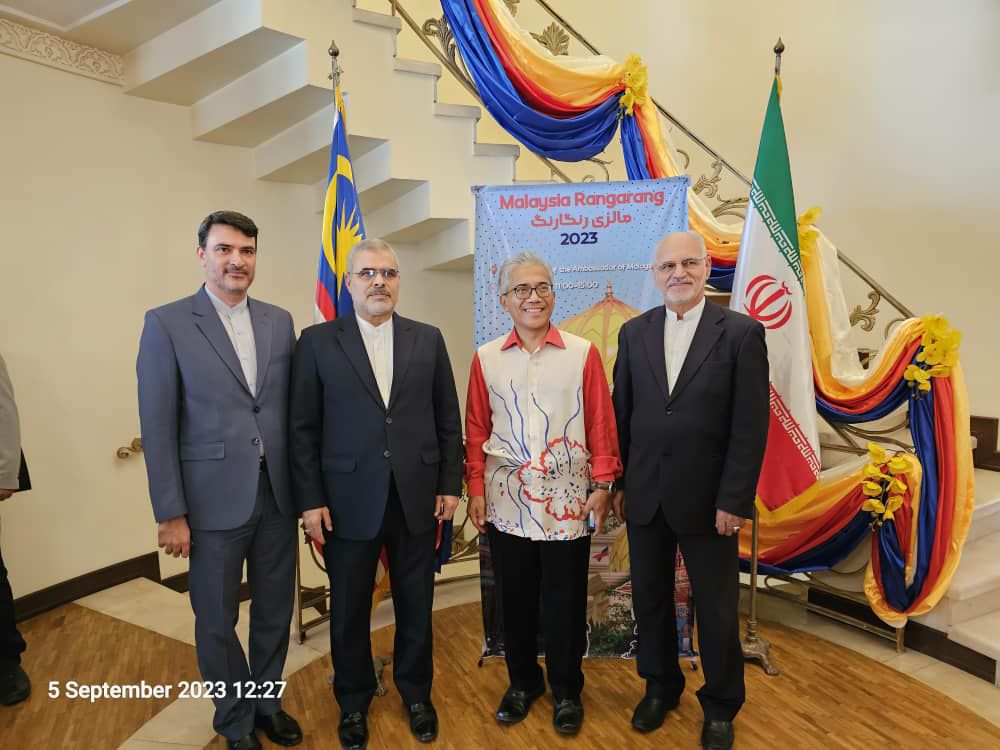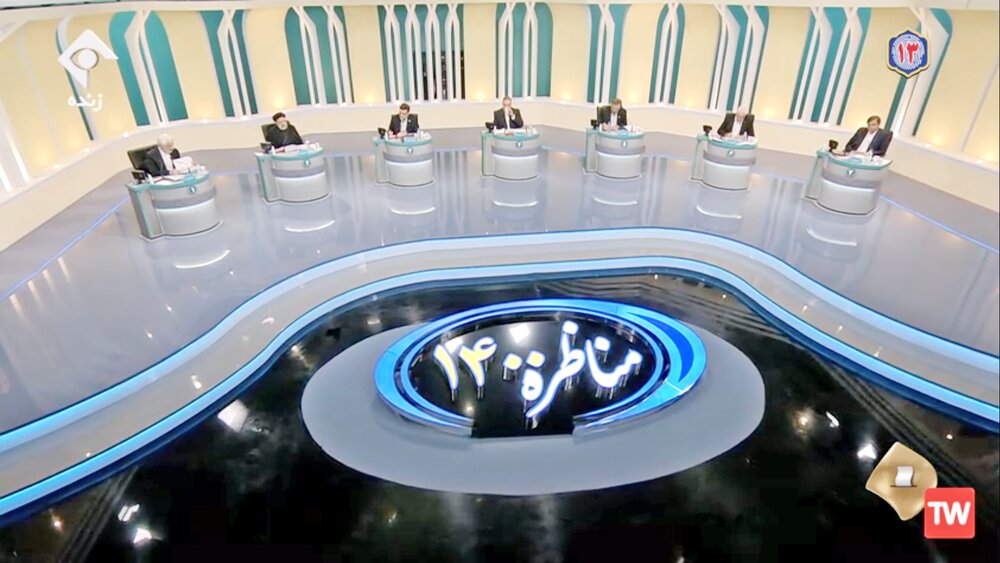Imam Khomeini Airport to Be Transferred to the Private Sector
TEHRAN (Iran News) Speaking at a press conference, Saeed Chalandari told IRNA that one of the mandates of the Ministry of Roads and Urban Development under Iran’s Seventh Development Plan is the transfer of airport operations to the private sector.
“Although Imam Khomeini Airport City is a major project with extensive ongoing activities, and full privatization may not be feasible, we are committed to incorporating as much private sector involvement as possible,” he said.
Chalandari emphasized that the government does not wish to act as the main operator. “Even in Phase 2 of the airport’s expansion, the Minister of Roads and Urban Development has stressed minimizing reliance on public funds and instead leveraging private sector resources,” he added.
Chalandari stated that there is no need for foreign investment in the country’s airports, as numerous capable domestic investors are ready to engage. “It is up to us in the public sector to create the right conditions and incentives to keep the private sector motivated to invest,” he noted.
Answering another question, the CEO said that the runways for Phase 2 of Imam Khomeini Airport are expected to become operational within the first half of the Iranian year 1405 (March–September 2026), requiring an estimated $300 million in funding. This amount is to be sourced through a special permit granted by the Supreme Leader.
He also acknowledged some previous issues in the allocation of funds for Phase 2, but noted that a new agreement, facilitated by the Minister and the Planning Department of the Ministry, has paved the way for the gradual release of resources to accelerate progress.
On the last day of May this year, a $300 million public-private partnership agreement was signed between Imam Khomeini Airport City Company and a private investor for the construction of a multimodal cargo terminal and logistics center in the southern aviation zone.
Highlighting the company’s achievements, Chalandari noted that since 2022, the 54,000-square-meter Salam Terminal has been dedicated to pilgrimage flights. “The terminal offers facilities that meet modern global standards,” he said.
Last year during the Arbaeen pilgrimage period, up to 140 religious flights departed daily from the Salam Terminal. A similar volume is expected this year, despite high temperatures and regional challenges.
Chalandari added that 1,800 flights were operated during the Arbaeen period last year and a comparable number is forecast this year.
He also mentioned that the Salam Terminal has parking capacity for 16,000 vehicles, which will be offered free of charge during Arbaeen. Other services for pilgrims will also be provided at no cost.
- source : irna






























